Sunday Dec 14, 2025
Sunday Dec 14, 2025
Thursday, 27 December 2018 00:16 - - {{hitsCtrl.values.hits}}
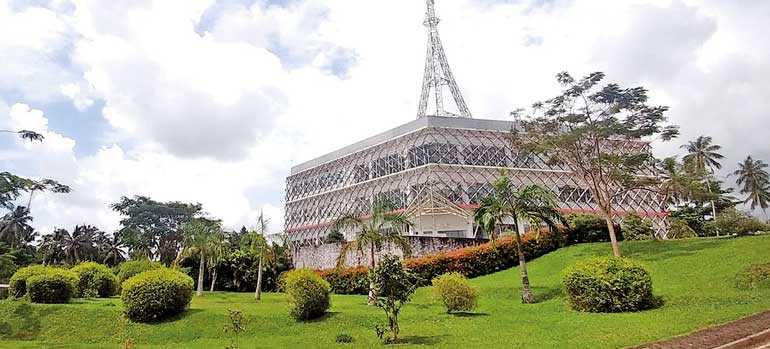
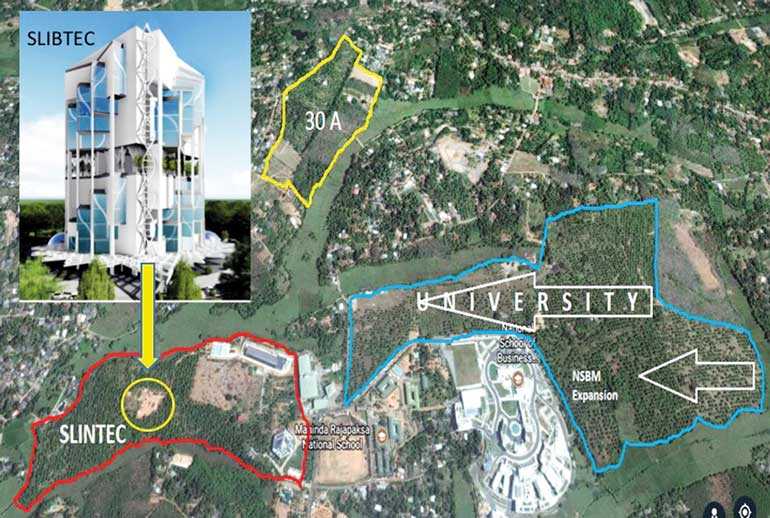
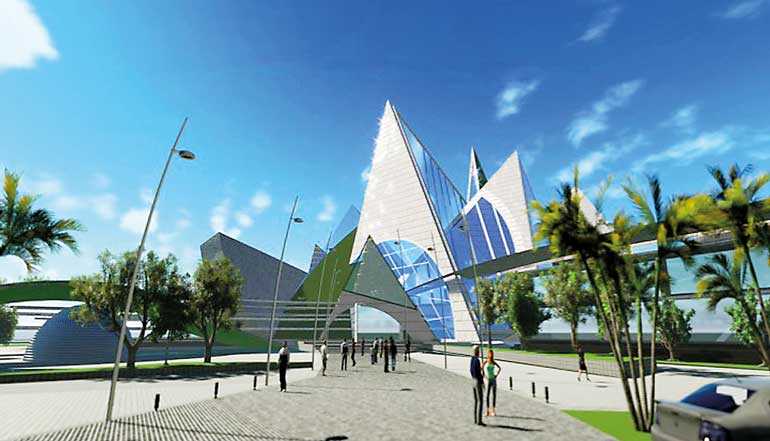
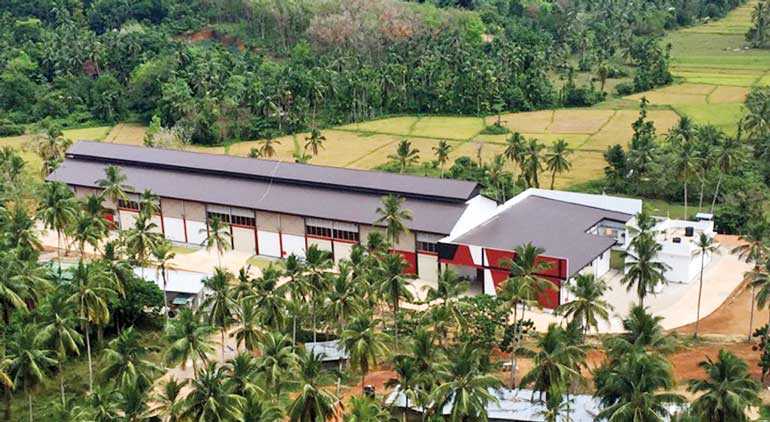
Silicon Valley in USA, Boston again in USA, Tel Aviv in Israel, Eindhoven in Netherlands are well-known in today’s world – they are economic hotspots!
I am not too sure of a similar understanding in the local context when one considers the expressions and the exchanges that people appear to have on hearing the concept of Tech City at Homagama. This is something we seriously need to change and proper understanding by all is an imperative.
It is important that both planners and the rest of the stakeholders understand the power of an innovation eco system for the national economy rather than from a point of view of a political pet project.
Of course the use of the term innovation eco system is made with intent and does not simply the use of a higher order terminology to describe a simple situation of clustering some organisations and hoping for some interaction. There is a focused attempt also to be more akin to the behaviour that comes from a biological system where originally the eco system concept originated.
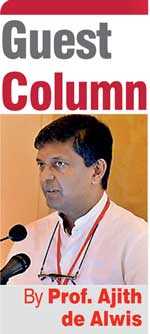 To provide a definition, innovation eco-system is the term used to describe the large number and diverse nature of participants and resources that are necessary for innovation. That innovation is critical for economic growth is hopefully something nobody should dispute and further definitions on this are considered not necessary.
To provide a definition, innovation eco-system is the term used to describe the large number and diverse nature of participants and resources that are necessary for innovation. That innovation is critical for economic growth is hopefully something nobody should dispute and further definitions on this are considered not necessary.
The milieu of players include entrepreneurs, angle and venture capitalists, researchers, university faculty as well as business development and other technical service providers such as accountants, designers, contract manufacturers and providers of skills training and professional development.
Today in the world we hear of Silicon Valley many times as a place to be if you want to witness innovation and emerging economic trends. Companies in other countries even place some of their staff in Silicon Valley just to get information and to sense the pulse as they understand the role the Silicon Valley.
The valley is an ecosystem, not just a bunch of institutions. The story of the valley is interesting but the story became exciting because people converged and shared dreams and made dreams a reality. The Silicon Valley experience led to many other trying to emulate such systems. Physical capital and the human capital was bonded with a shared vision.
If innovation is the key process and the pathway for growth, how is Sri Lanka faring globally? Sri Lanka is faring very badly in the Global Innovation Index assessment. Global Innovation Index is the index to check when seeing the nation’s performance in relation to innovation. Even though the economic discussion has placed more importance or the discussion has been centred on the Doing Business Index, GII is far more important from an economic development aspect.
Sri Lanka in the latest GII ranking is placed in the 88th position from 126 nations. It is interesting to note that tiny Switzerland has been placed first in the last four years at a stretch. Indian PM Narendra Modi has set them a task of coming into the top 10 in the GII by 2030. It is quite important that we understand and implement steps to improve our position, which invariably means the economy is moving sustainably upwards!
In the latest GII report, there is a special study presented on these economic clusters, which are regional ecosystems. If these ecosystems were to be considered as nations, they would be really ahead of so many nations and most certainly Sri Lanka.
For example, Mark Zuckerberg who lives in the valley (Palo Alto) is assessed to worth about $ 85 billion and the whole of Sri Lankan economy is around that figure. When we place a like on a Facebook page, there is more chance of Mark becoming richer as a result than we becoming any wiser!
The study of these economic clusters is because today the understanding is that such clusters are really important from an economic point of view. They actually generate much more from a unit of investment and their influence is significantly high. Ecosystems thus constitute of areas with different institutions. They should not be equated to the picture identified with economic processing zones, free trade zones or just industrial estates.
These regions become excellent liveable areas. If one understands that there has to be mass-scale land acquisition and displacement, then one is wrong. Regions transform themselves over time into higher productive regions and spinoffs benefit most if not all. It is also to be understood that a journey of a transformation always involves some sacrifice too but this may come in a more voluntary mechanism than in an enforced manner.
The best way to understand is by understanding what has happened before, as Sri Lanka is no way a pioneer in this journey. There is a significant number of lessons already available. The issue is our communications mostly touch on fallacies and propagate wrong concepts. It is also unfortunate that most of times the discussions are politically biased rather than nation oriented.
It is easy to understand from the word’s most prominent clusters of today – Yokohama, Tokyo, Japan; Shenzhen, China; San Jose, USA; Cologne, Germany, etc. – are not places devoid of people and transplanted with institutes in creating these economic clusters.
The same concept has to be applicable to Homagama. With proper understanding and with shared vision can Homagama, Pitipana has the chance of developing into an economic cluster. The attributes of an eco-system have to be rooted into its development.
Over a period of time many projects have been planned for Homagama, which today has the potential to become a region, which has the ability to contest for a cluster status. Sri Lanka Institute of Nanotechnology (SLINTEC) with its world-class iconic green building is already present and it is a world class research institute. From a GII analysis, mainly due to SLINTEC, Homagama must be registering research paper publications and patent filed activities.
Of course the desired intensity to get reckoned as a cluster cannot merely come from one establishment. These are two key determinants of tech clusters. It has created brain gain with Sri Lankans returning from overseas to work and live there.
As a Tech City, much more is planned for the area. Sri Lanka Institute of Biotechnology (SLIBTEC) is already designed and ready to be implemented which is going to be a 15-storey research and development complex. This has already received international blessings by way of being recognised to be the home for one of the regional research facilities of ICGEB (International Centre for Genetic Engineering and Biotechnology – a global scientific body). This is a first for Sri Lanka.
Another planned and approved project is the positioning of a 100-acre Biotechnology Innovation Park which will be home to quite a few biopharma manufacturing facilities. Another planned development is the establishment of the SPTF facility (Standard Training Prototyping and Testing Facility) under the MEDI (Mechatronics-enabled Economic Development Initiative) within the nanoscience park.
Already one can see the emerging presence of three university faculties and research and innovation facilities. These belong to Universities of Moratuwa, Colombo and Sri Jayewardenepura. The NSMB Green Campus is already well established. Interestingly presence of all these will mean the presence at Homagama for the first time in Sri Lanka the attributes of the well-known Triple Helix Model – Government-Industry-University. The Triple Helix model has been a way forward for many eco system developments.
In addition to these developments already one can witness Defence Research Institute and Data Centre of Sri Lanka Telecom. One of the best incubator spaces in Sri Lanka housing a number of private sector research units are present in the Nanoscience Park.
Another project earmarked is the National Science Centre where the land is already allocated by the UDA. This will be an iconic institute catering to the whole island in delivering informal science education.
Something Sri Lanka has been missing over the years is finally getting established at Homagama. All of these had been mapped into the Tech City development Masterplan, which had received technical assistance and support of the Korean Government.
Well we should know that Korea, which transformed itself from a third world country to a first world country within two decades, did so with science and technology. It was the Korean Institute of Science and technology (KIST) that was instrumental in changing Korea, which is today known as the Miracle of the Han River.
Today too Korea depends on science cities for specific growth initiatives, with Daejeon and Daedeok being examples. Pitipana, Homagama awaits to see how well our minds will meet.